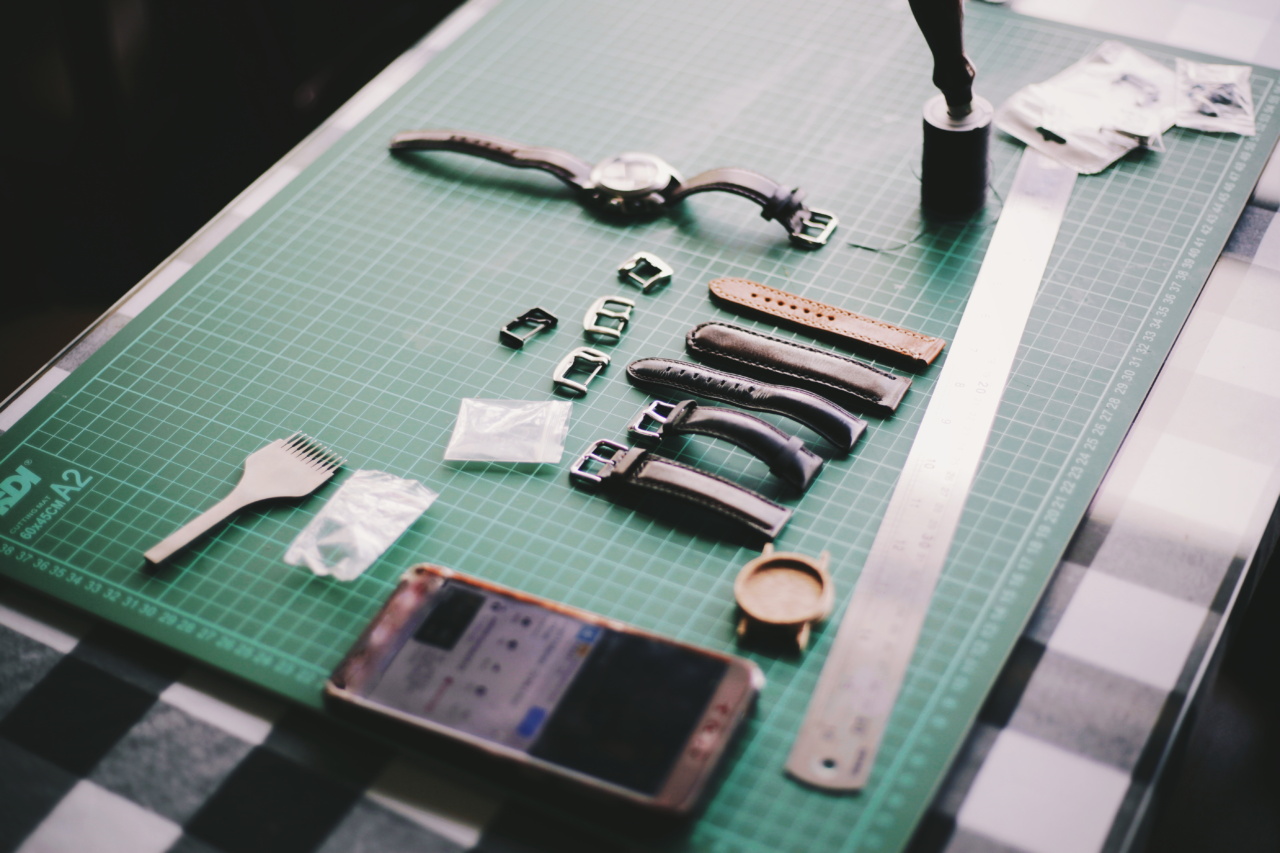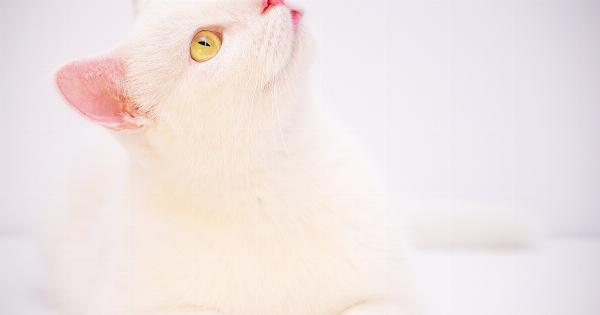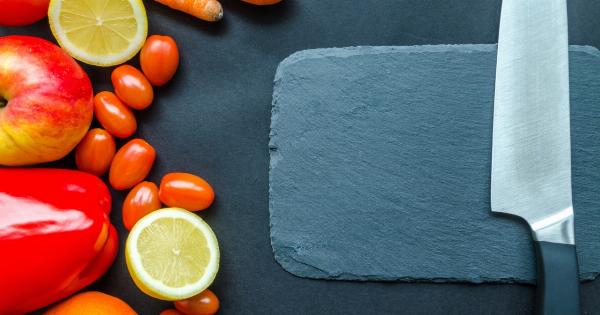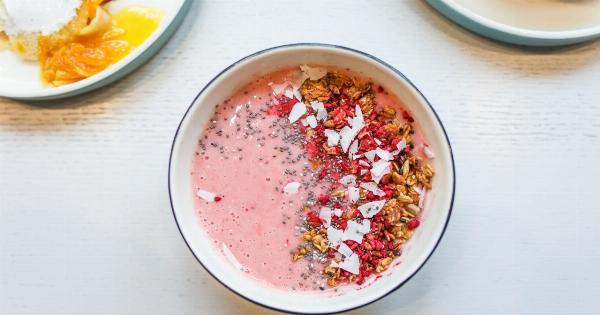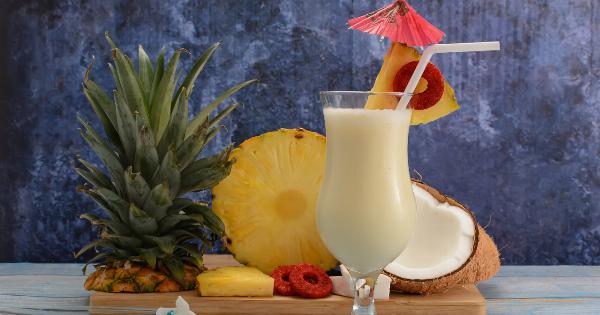Alcohol has been a part of human civilizations for thousands of years. It is used as a social lubricant, a relaxation aid, and even as a medicine in some cultures.
However, excessive alcohol consumption can have a number of negative effects on the body, including on the skin. In this article, we will explore the impact of alcohol on skin over time.
What is Alcohol?
Alcohol is a chemical compound that has a number of different forms, but the type of alcohol that is commonly consumed by humans is called ethyl alcohol.
Ethyl alcohol is produced by the fermentation of sugars or grains, and is the active ingredient in beer, wine, and spirits. When consumed, alcohol is absorbed into the bloodstream and affects the central nervous system and other organs in the body.
How Does Alcohol Affect the Skin?
Alcohol has a number of effects on the skin, both short-term and long-term. In the short-term, alcohol consumption can cause dehydration, which can lead to dry, flaky, and itchy skin.
It can also cause a temporary increase in blood flow to the skin, making it look red and flushed. This effect is often referred to as the “alcohol flush.”.
In the long-term, excessive alcohol consumption can have more serious effects on the skin. One of the most common is premature aging.
Alcohol causes the production of free radicals in the body, which can damage skin cells and lead to wrinkles, fine lines, and age spots. It can also cause a loss of collagen and elastin, which are proteins that give skin its elasticity and firmness.
Alcohol can also aggravate certain skin conditions, such as rosacea and acne. It can cause the blood vessels in the skin to dilate, making the redness and inflammation associated with these conditions worse.
It can also interfere with the body’s ability to heal itself, making it harder to recover from skin damage.
Alcohol and Sun Damage
Another way that alcohol can affect the skin is by making it more susceptible to sun damage. Alcohol can reduce the effectiveness of the body’s natural defenses against UV radiation, making it easier for the sun’s rays to penetrate the skin.
This can lead to sunburn, skin discoloration, and an increased risk of skin cancer.
Alcohol and Skin Cancer
Studies have shown a link between alcohol consumption and an increased risk of certain types of skin cancer, including basal cell carcinoma and squamous cell carcinoma.
The exact reason for this is not yet fully understood, but it may be due to the way that alcohol affects the body’s immune system and its ability to repair DNA damage.
Alcohol and Skin Conditions
As mentioned earlier, alcohol can aggravate certain skin conditions, such as rosacea and acne. It can also trigger eczema and psoriasis, both of which are chronic inflammatory skin conditions.
Alcohol can also cause hives and other allergic reactions in some people.
The Benefits of Cutting Back on Alcohol
While it is clear that excessive alcohol consumption can have a number of negative effects on the skin, cutting back on alcohol can have a number of benefits.
For one, it can help to reduce the appearance of wrinkles, fine lines, and age spots, as well as improve skin texture and tone. It can also help to reduce the risk of skin cancer and other skin-related conditions.
Cutting back on alcohol can also have other health benefits, such as reducing the risk of liver disease, heart disease, and certain types of cancer. It can lead to better sleep, improved mood, and increased energy levels.
Conclusion
Alcohol is a common part of our social and cultural lives, but excessive consumption can have a number of negative effects on the skin.
Over time, alcohol can cause premature aging, aggravate certain skin conditions, and even increase the risk of skin cancer. Cutting back on alcohol can have a number of benefits for the skin and overall health, and is worth considering for those who are concerned about the impact of alcohol on their skin over time.
